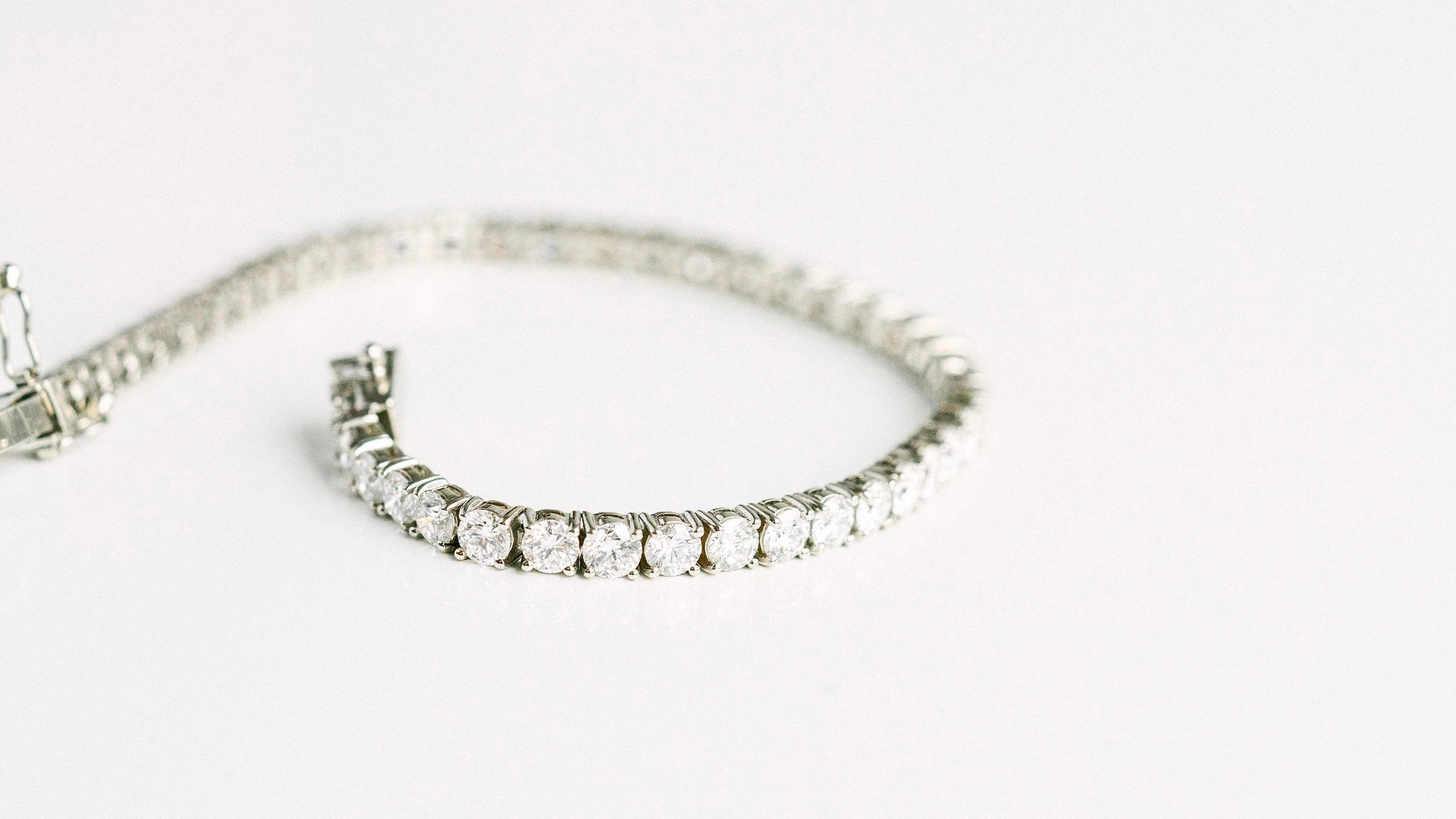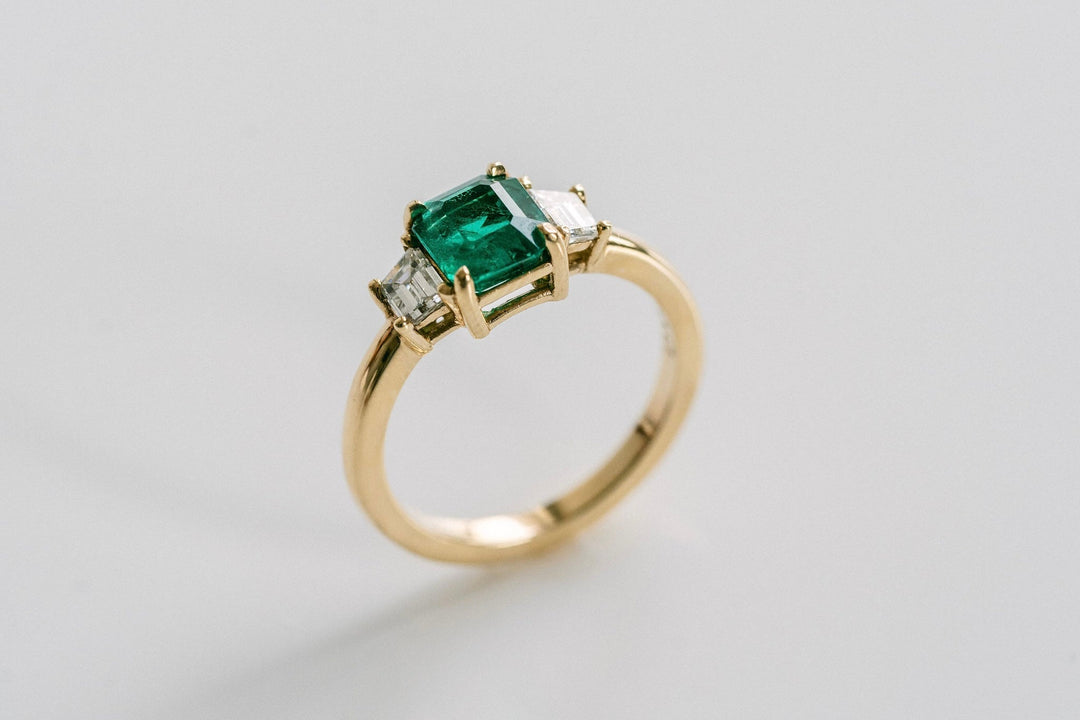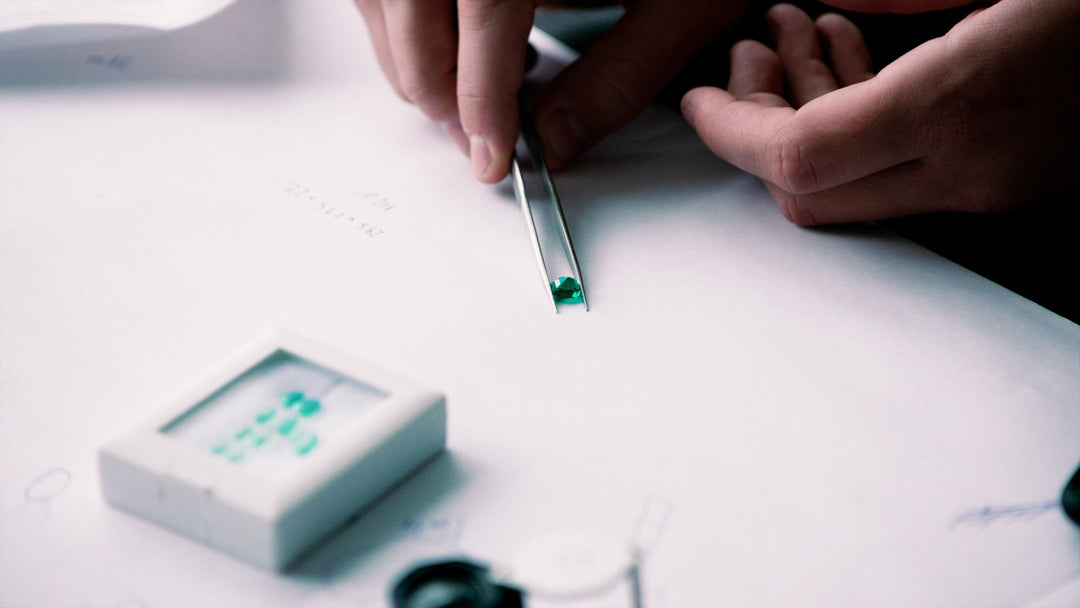Court Culture: The History of the Tennis Bracelet
Read time: 2 mins
The tennis bracelet—an emblem of understated elegance and a classic representation of glamour-on-the-go for decades. Yet, as with any icon, its origin story is more nuanced than the polished surface might suggest.
The prevailing narrative, often recounted with dramatic flair, claims that during a heated rally at the 1987 U.S. Open, a diamond bracelet slipped from the wrist of tennis legend Chris Evert, halting the match and cementing the accessory's name in fashion history. But, as with many tales of style, the truth is layered with intrigue.
To truly understand the tennis bracelet's rise to fame, let's rewind to the glamour of the 1970s. An era defined by disco decadence and denim with diamonds, where high fashion began its affair with what we love to call laid-back luxury. It was during this time that the diamond line bracelet—a sleek, continuous loop of brilliant cut round Diamonds—became synonymous with effortless sophistication. As the most fashionable women began to don this accessory on the tennis court, it was only a matter of time before it was anointed with a name as stylish as its wearers: the tennis bracelet.
Further solidifying its legacy, a 1987 New York Times article had already attributed the bracelet’s significance in the fashion and jewelry industry to its chic court appearances before that year's U.S. Open even commenced. And as for the supposed match-stopping moment? The wearer herself recalls the incident occurring in 1978, during the tournament's relocation to Flushing Meadows. Perhaps the years have blurred in the collective memory, but the allure of the tennis bracelet remains as sharp as ever.
So, the next time you fasten one of these diamond-studded beauties around your wrist, know that you’re not just accessorizing—you’re embracing a piece of history. A symbol of luxury that transcends time, much like the women who first brought it to life.
Check out our tennis bracelet styles in the Shop > Fine Jewelry section of our website.









